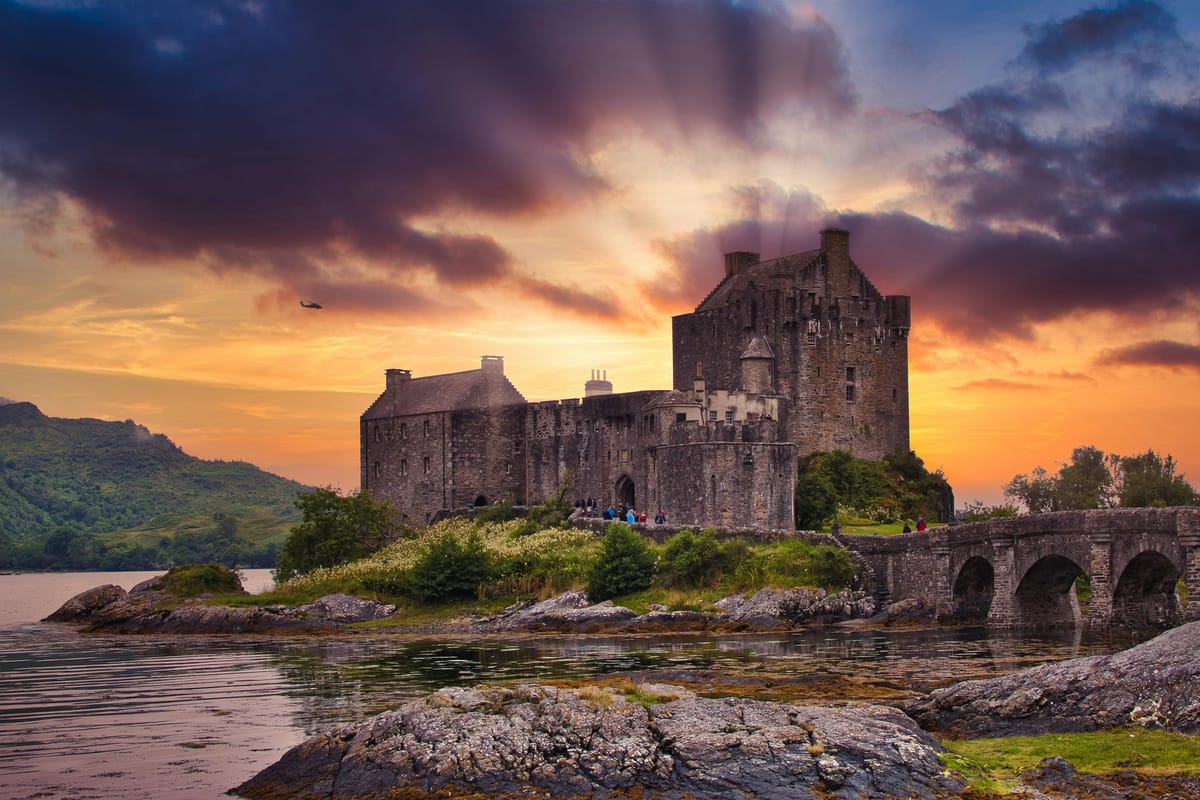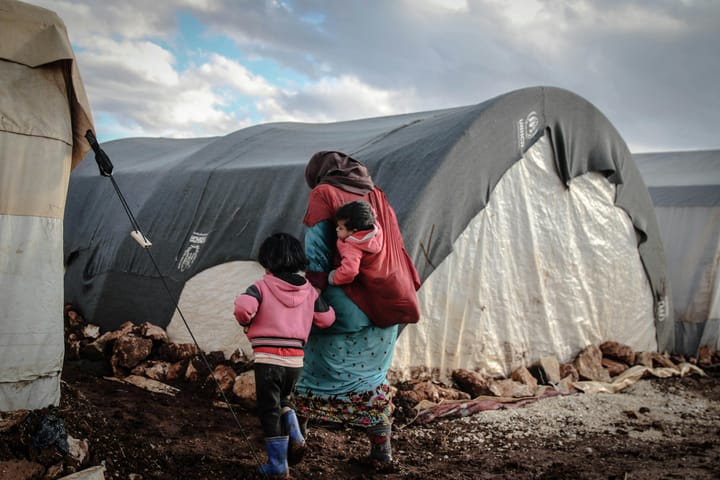Is Scotland Rich?

Cycling through the Highlands, as I recently did, one could easily be mistaken for thinking that Scotland is a wealthy country. Caledonia is blessed with fertile land, abundant fresh water and nearly 10% of Europe’s offshore wind capacity, to say nothing of oil and gas.
Like other advanced economies, it also benefits from the rule of law, a stable political environment (ish) and open trade borders. Scotland can also rely on a relatively manageable population size – 5mn souls.
So, is it rich? In 2021, it's GDP per head, excluding volatile fossil fuel revenues, was £30,793. For context, that’s roughly the same as Italy and the Czech Republic. The figure for the rest of the UK was slightly higher, at £33,708.
Progress over time, meanwhile, has been subdued since the global financial crisis. The average growth rate from 2008-2022 was around 1%. Over the period 2000-2007, it was nearly 3%. Similar trends were observed across most advanced economies during that time.
Scotland, then, falls in the second tier – not quite Switzerland, but still ahead of Slovakia. And like other parts of de-industrialised Europe, it suffers from pronounced inequalities (especially noticeable around the pebble-dashed council estates outside big cities).
Scotland’s GINI coefficient, which measures income inequality, stood at 0.31 in 2022.[1] Wealth inequality is even more pronounced.[2] Roughly half of Scotland is owned by fewer than 500 people, mainly hereditary landowners known as lairds.
Interestingly, poverty rates are lower in Scotland that the rest of the UK. This is mainly due to the high number of renters in social housing compared to south of the border – 59% to 45%.[3] What’s more, Scottish social housing is cheaper than in other parts the country.
Taking a step back, though, poverty remains elevated. Over a million people live in poverty, with nearly half of those in deep poverty (less than 40% of the median income). Sadly, one-quarter of Scottish children are locked in deprivation.
In my estimation, Scotland is an upper-middle income country with bountiful natural resources and pronounced social inequalities. For now, the country remains split on the question of independence, which would play a key role in the future direction of the economy.
But that’s for another post.
[1] GINI is a measure of inequality ranging from 0 to 1, where one stands for total inequality (the quoted figure is “before housing costs”).
[2] Personal wealth is made up of financial wealth (including pension savings), property wealth, land wealth, and material wealth (art, cars, furniture, etc.)
[3] Social housing exists for people who can’t afford free-market costs. It represents affordable accommodation subsidised by local councils and housing associations.


